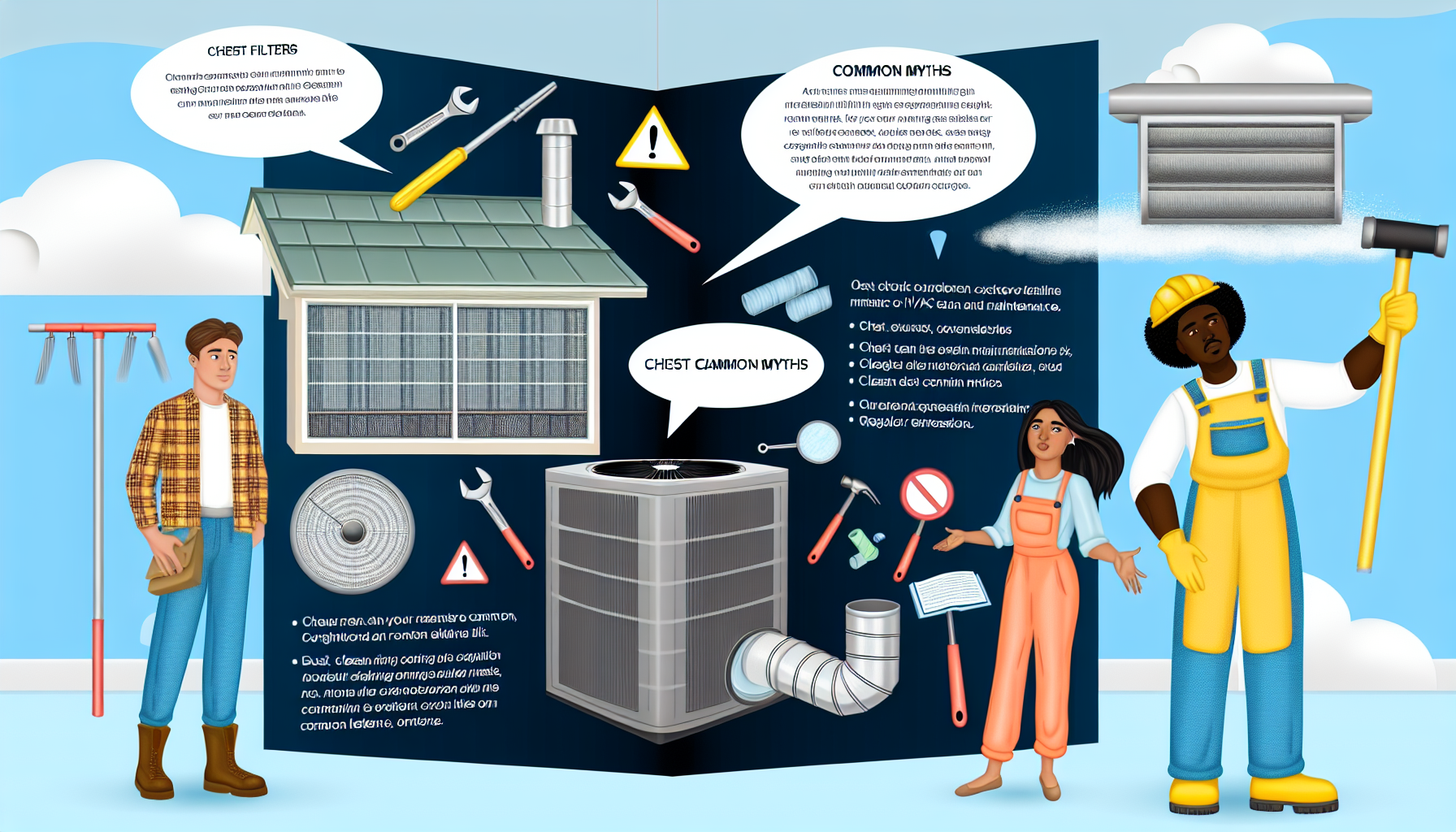Introduction
The cleaning and maintenance of HVAC systems is an essential task to ensure their optimal performance and longevity. One crucial aspect of this process is refrigerant recovery, which involves the removal and recycling of refrigerants from cooling systems. To facilitate this operation, HVAC professionals rely on specialized tools called refrigerant recovery units. In this guide, we will dive into the world of refrigerant recovery units, explaining what they are, how they work, and their importance in maintaining HVAC systems.
Understanding Refrigerant Recovery Units
A refrigerant recovery unit is a device specifically designed to remove refrigerants from HVAC systems, store them in a separate container, and prepare them for reuse or recycling. These units come in various sizes and capacities, allowing them to handle a wide range of HVAC systems, from small residential units to large commercial setups.
Refrigerant recovery units operate on the principle of vapor compression. The unit pumps the refrigerant out of the HVAC system, compresses it into a high-pressure gas, and then condenses it into a liquid state for storage. This process ensures that the refrigerant is safely extracted without any leaks or contamination.
The Importance of Refrigerant Recovery Units in HVAC Maintenance
Refrigerant recovery units play a crucial role in HVAC maintenance for several reasons:
- Environmental Protection: Refrigerants used in HVAC systems, such as hydrofluorocarbons (HFCs) and chlorofluorocarbons (CFCs), have been found to contribute to ozone depletion and global warming. By using refrigerant recovery units, HVAC professionals can safely capture and recycle these substances, preventing their release into the atmosphere and minimizing their environmental impact.
- Compliance with Regulations: The Environmental Protection Agency (EPA) has set strict guidelines for the handling and disposal of refrigerants. Failure to comply with these regulations can result in hefty fines and legal penalties. Refrigerant recovery units ensure that HVAC professionals adhere to these guidelines, maintaining both legal compliance and environmental responsibility.
- System Efficiency: Regular maintenance, including refrigerant recovery, helps keep HVAC systems running efficiently. By removing old or contaminated refrigerants, these units ensure optimal system performance, leading to energy savings and improved cooling or heating operation.
- Extended System Lifespan: The presence of excess or contaminated refrigerants can cause damage to HVAC components over time. Refrigerant recovery units prevent such damage by eliminating these harmful substances, thereby extending the lifespan of the system and reducing the need for costly repairs.
Choosing the Right Refrigerant Recovery Unit
When selecting a refrigerant recovery unit, several factors should be considered:
- System Size: Ensure that the recovery unit’s capacity matches the size of the HVAC system being serviced. Using an undersized unit can lead to inefficient recovery or potential damage, while an oversized unit may be costly and unnecessary.
- Refrigerant Compatibility: Different HVAC systems use various types of refrigerants. It is crucial to choose a recovery unit that is compatible with the specific refrigerants used in the systems you work with.
- Portability and Ease of Use: Consider the unit’s weight, dimensions, and mobility features, especially if you often need to move it between job sites. Look for units with user-friendly interfaces and intuitive controls for ease of operation.
- Safety Features: Opt for recovery units that come equipped with safety features, such as automatic shut-off valves, pressure gauges, and leak detection sensors. These features ensure the safe and efficient operation of the unit, minimizing the risk of accidents or damage.
Tips for Using Refrigerant Recovery Units
To make the most out of your refrigerant recovery unit, remember these essential tips:
- Follow Manufacturer Instructions: Each recovery unit may have specific instructions and guidelines for use. It is crucial to carefully read and follow the manufacturer’s recommendations to ensure safe and efficient operation.
- Inspect and Maintain Regularly: Periodically inspect the recovery unit for any signs of damage or wear. Replace worn-out parts and perform routine maintenance to keep the unit in optimal condition.
- Properly Store Recovered Refrigerants: After extracting refrigerants, store them in specialized containers designed for safe transport and storage. Ensure that the containers are sealed and labeled correctly to prevent leaks or confusion.
- Dispose of Waste Responsibly: Properly dispose of any waste materials generated during the refrigerant recovery process. Consult local regulations or recycling facilities to ensure compliance with waste management practices.
FAQs
1. Are refrigerant recovery units necessary for HVAC maintenance?
Yes, refrigerant recovery units are essential for proper HVAC maintenance. They enable the safe removal and recycling of refrigerants, adhering to environmental regulations and ensuring system efficiency.
2. Can I use the same recovery unit for different refrigerants?
No, it is crucial to use a recovery unit that is compatible with the specific refrigerants used in the HVAC system. Using the wrong recovery unit may lead to inefficient recovery or potential damage.
3. How often should I perform refrigerant recovery?
Refrigerant recovery should be performed as part of routine HVAC maintenance or when there is a need to replace or repair the system. Consult the manufacturer’s guidelines or industry best practices for a more specific schedule.
4. Can I dispose of recovered refrigerants in regular waste?
No, recovered refrigerants should not be disposed of in regular waste. They should be properly stored and transported to authorized recycling or disposal facilities in compliance with local regulations.
5. Can I use a refrigerant recovery unit for DIY HVAC maintenance?
It is not recommended for inexperienced individuals to handle refrigerant recovery units. This task should be performed by trained HVAC professionals who are familiar with the proper procedures and safety measures.
Conclusion
Refrigerant recovery units are indispensable tools for HVAC professionals, enabling them to remove and recycle refrigerants from cooling systems. By utilizing these units, HVAC systems can operate efficiently, comply with environmental regulations, and have an extended lifespan. When choosing and using a refrigerant recovery unit, it is crucial to consider factors such as system size, refrigerant compatibility, portability, and safety features. By following best practices in refrigerant recovery, HVAC professionals can contribute to a greener and more sustainable future while ensuring optimal system performance.














